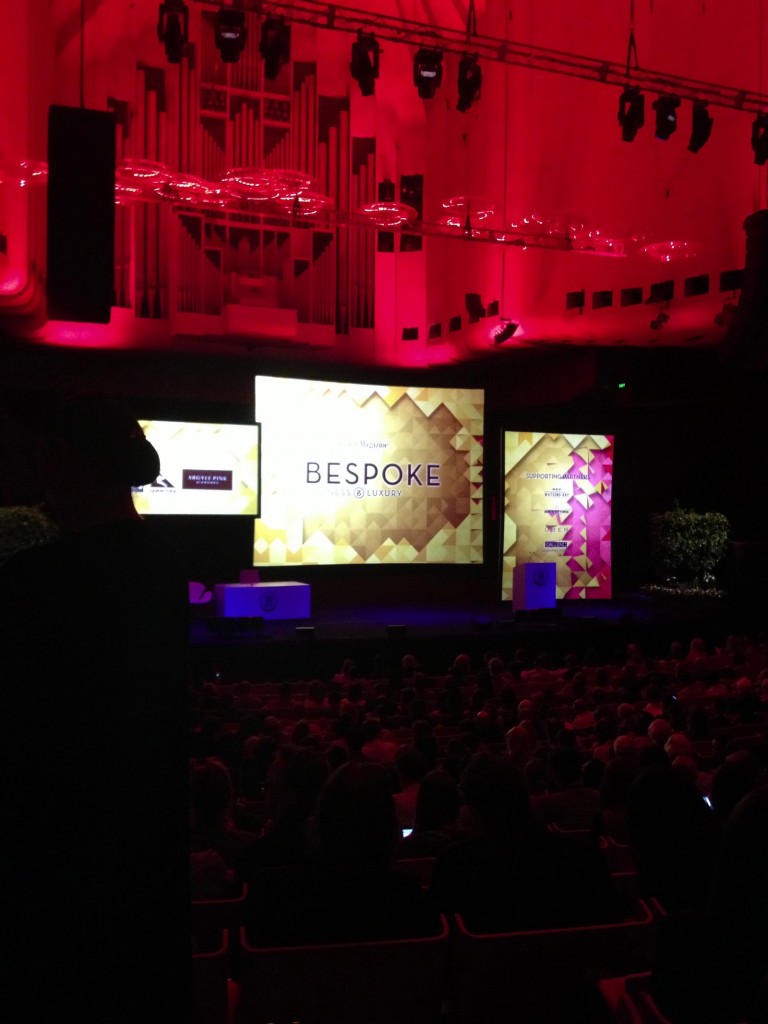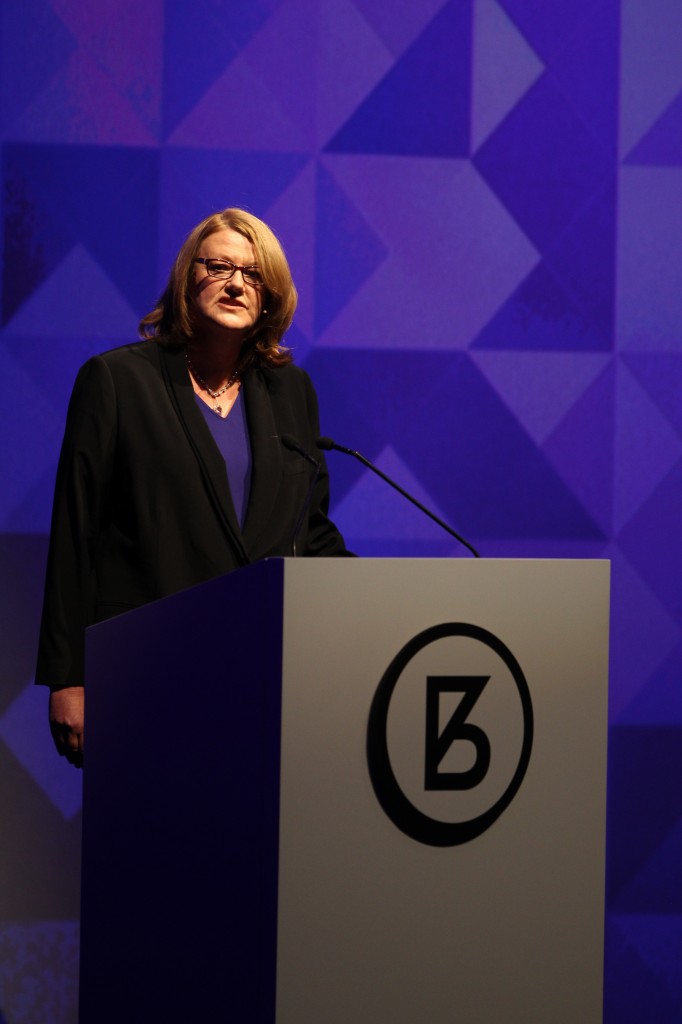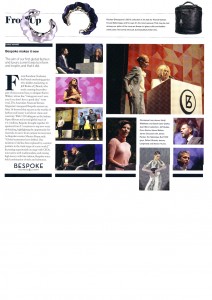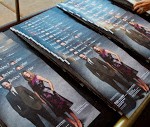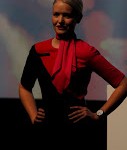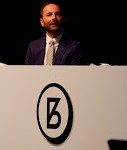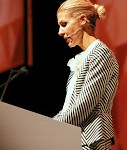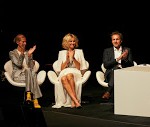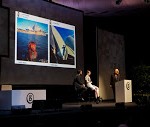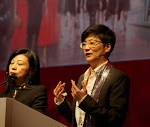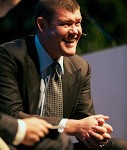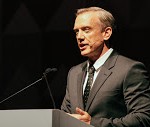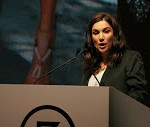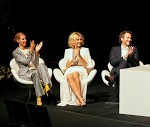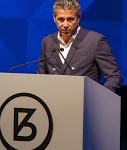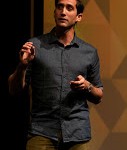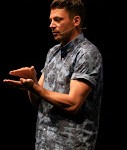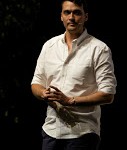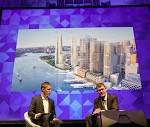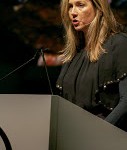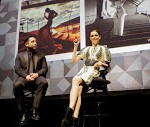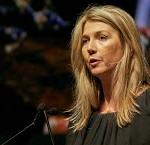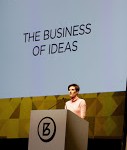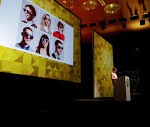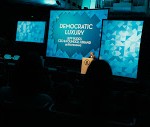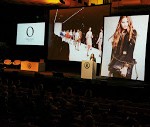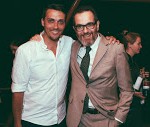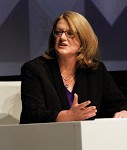 Bespoke Luxury Summit brings fashion icons together in Sydney
Bespoke Luxury Summit brings fashion icons together in Sydney
The Australian Financial Review | May 2013
For me, fashion is always about vision. That doesn’t fit in a basement, no matter how snazzy the chandeliers. When the idea of an Australian Financial Review luxury business conference was first mooted, the least interested person was me. Nothing inspires me less than the thought of spending an airless day listening to guys in ties drone on to a backdrop of PowerPoints. Maybe – if the facts are fascinating and your business is finance or mining – that floats your boat.
To succeed we had to be bold. So the AFR Bespoke Luxury and Fashion Summit, held on Thursday, was inspired by the most audacious example, the Sydney Opera House. That had to be our venue. It is, after all, the most triumphant example of what can be achieved when talents from many disciplines come together with a shared ambition to be outstanding.
From the building itself came the theme of the day: creative collaboration. It could have been a boring box on Bennelong Point had not the star architect of the 1950s, the Finn Eero Saarinen, dared to defend the startling submission by a little-known Dane, Joern Utzon. We had to provide a forum for new thinking; the Opera House stands up thanks to the determination of its engineer, Ove Arup, to think outside the box.
The image of the fashion designer issuing edicts from an ivory tower is long gone. Today, the world of fashion and luxury is collaborative, across all manner of disciplines. At Bespoke, Parisian Ramdane Touhami – a marketing genius who claims not to like marketing – told stories of how he reaches back into history to find products for today. Photographer and Aquabumps founder Eugene Tan, who hails from Bondi Beach, recounted how he chucked in the desk job, picked up a (waterproof) camera, dived into the surf and now sees his images on Speedo swimwear and thongs by Havaianas.
Design today is about teamwork, exemplified on stage by the handsome lads from Saturdays Surf NYC, who like Tan, chucked in desk jobs and built a surf brand in the unlikely location of Manhattan. Making things look easy is one of fashion’s best illusions, yet this global industry is built on long hours and considerable brinksmanship, even though millionaire jeans genie, Jeff Rudes, of J Brand, made it all sound so easy.
In the run-up to Bespoke, some people asked me: “Why now?” “Why here?”. To be blunt, that just sounded like the old cultural cringe. Why not now? Why not here?
Sydney is a shiny city of fresh thinking and new beginnings – literally, as the drills make the ground shake at Barangaroo – and we are on the brink of a new era. A city once on the outer edge is perfectly positioned as luxury’s modern metropolis-on-the-ocean. Global economies have shifted. Our isolation of old has been replaced by a central position in the trade maps of a new world, a reason why I was also delighted to welcome to the stage, from Hong Kong and Shanghai, Regina Lam and Lisa Chang, who advise luxury goods companies on how to break into China.
While the international speakers who had travelled the furthest were fascinating, I suspect Kiwi designer Karen Walker was the most surprising. Could she be the first person from fashion to enter political office? She was enormously compelling.
Yet Bespoke was not about that old model of “people from over there telling us what to do over here”; instead it was about the transfer of knowledge in both directions. On that, it was important to remind everyone of the raw luxuries of Australia. We may not be Paris – the undisputed capital of fashion – but we are right at the world’s luxury source.
Sydney’s industrial architecture of massive wharves stretching out into the water remind us this city, this nation, was built on a sheep’s back. Yet perhaps we overlook the ongoing role played by wool in the luxury business. The superfine suits by Ermenegildo Zegna and Dunhill, robust yet light and with unmatched recovery thanks to the finest microns of yarn, are – always – of Australian wool. So are the rigorously fitted dresses with which Victoria Beckham has redefined modern business attire for women across the globe.
For the wealthy woman in Beijing considering the purchase of an Hermes Crocodile Birkin or the one in Paris who desires a Victoire de Castellane opal ring from Dior, the trail starts here. The sunburst yellow diamonds of Tiffany & Co hail from the Ellendale mine in the Far North West, the peerless pink diamonds in the creations of Bollywood jeweller Nirav Modi come from the Argyle mine, and from out in the Arafura sea, beyond the tin-roofed town of Broome, come the lustrous south sea pearls that find their way into the creations of the best jewellers of Place Vendome.
Which brings us back to Paris, a city which has its eye on us. A few weeks ago, the world’s largest luxury group, LVMH – which is helmed by the richest man in France, Bernard Arnault – took a stake in RM Williams. Some were perplexed. What could the chic French want with work boots worn here by the boss and the jackaroo?
One word – macho. The French might have the lead on romance, but when it comes to footwear, a bloke wants to look like a bloke. Australian brands like RM Williams promise a deeply male authenticity, which, (especially) to the purveyors of luxury looking to sell menswear into China, is as desirable as our diamonds. The aim of Bespoke was to inform and inspire; a reason I fought (against nail-biting time constraints) for the work of fashion photographer/filmmaker/web publisher Nick Knight– to me, the greatest image maker of our age – to be projected up on three vast screens. Accompanied by fashion icon Daphne Guinness singing opera, the film left some in the stalls perplexed, but for those up in the cheap seats – 400 students – it was the session they told me they loved the most.
For me , what I hope was the main takeaway of the day is that, to be truly stylish, we have to make fashion more fair. Lessons must be learned from last month’s tragedy in Bangladesh. Women (and it is almost always women) must not be enslaved, or lose their lives in a locked factory with insufficient foundations, so that we can get a “bargain”. As Simone Cipriani of the UN Ethical Fashion Initiative put it, “I am not saying everything should be expensive – times can be tough, even in Australia – I am saying be fair and buy well. Fashion is never, ever to die for”. The luxury world’s most important creative collaboration is with those who did not appear on the Opera House stage – the workers who make the clothes on our backs, the bags in our hands. The best fashion companies, such as Hermes, have had corporate social responsibility embedded in what they do since long before anyone in fashion talked about CSR. Today, the world’s third biggest luxury group, PPR (being rebranded under the name Kering), is being recalibrated, to a deadline of 2016, so that its P&L becomes an EP&L – with environmental and ethical impact included in the bottom line.
I am far removed from the ethical hippy tree-hugging type. I work within the world’s most glamourous industry. Yet my driving ambition for Bespoke, always, was to use one of the world’s most celebrated stages to shift the needle. Maybe, just maybe, we did that.

